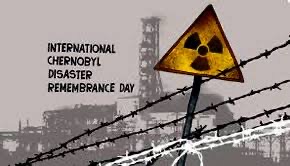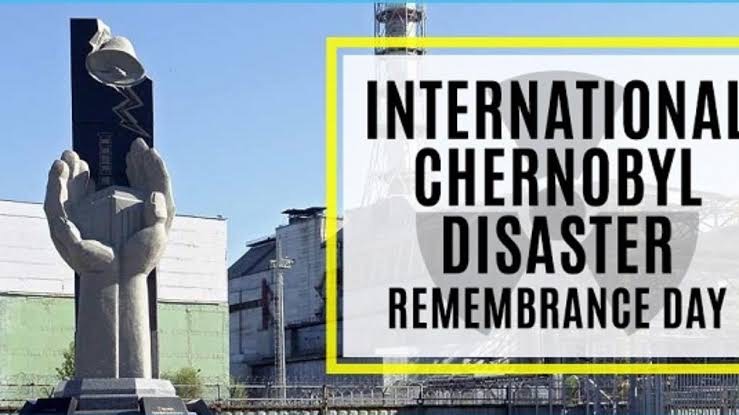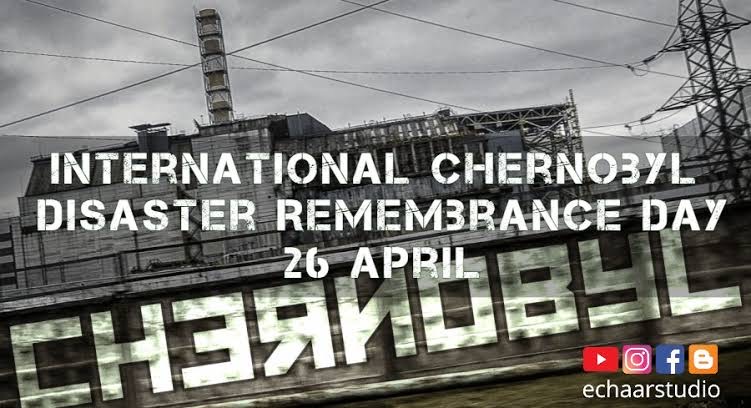It is Monday, 26 April 2021
(W17 | D116 | 249 rem)
Today is:  International Chernobyl Disaster Remembrance Day
International Chernobyl Disaster Remembrance Day 
An explosion at the Chernobyl Nuclear Power Plant in 1986 spread a radioactive cloud over large parts of the Soviet Union, (now the territories of Belarus, Ukraine and the Russian Federation.) Nearly 8.4 million people in the three countries were exposed to the radiation. The Soviet Government acknowledged the need for international assistance only in 1990.
On 8 December 2016 the United Nations General Assembly adopted a resolution designating 26 April as International Chernobyl Disaster Remembrance Day. In its resolution, the General Assembly recognized that three decades after the disaster there remains persistent serious long-term consequences and that the affected communities and territories are experiencing continuing related needs.
Chernobyl has affected the lives of many people all over Europe to this day. The affected areas of the Chernobyl Disaster are said to last at least 150 years before proper inhabitation can come again.
The Chernobyl Nuclear Power Plant was built in 1977 to help make electricity for the infrastructure of the Soviet Union, or in modern-day terms, Pripyat, Ukraine, to develop economic growth. Before the infamous incident, in 1982 the nuclear plant had a partial meltdown of reactor 1, causing some damage and taking a few months to repair.
The initial accident wasn’t reported until the Chernobyl Disaster happened. The disaster was caused by a power surge that caused core explosions and open fires, leading to significant radiation leakage to disperse into the atmosphere and surrounding lands. Large areas of Europe were affected by this event as the radiation spread as far as Norway.
Although the incident caused the plant to be shut down, the effects of this accident led to long-lasting, damaging consequences. The main danger that caused radiation exposure to over 8.4 million people was due to air pollution.
Further Reading:
Have a happy, fallout-free Monday! 


 Good morning!
Good morning! 


